There is no doubt that the annual CES is a large-scale science and technology event, and all the cutting-edge technologies will appear here. This year coincides with the 50th birthday of CES, and major manufacturers are also making every effort to use the most advanced technology to give gifts. TV products, as the CES field of suction every year, have also undergone tremendous changes this year. Sony and Panasonic returned to OLED again. Samsung once again introduced a new quantum dot technology (Cd-free metal quantum dots). LG's wallpaper TV demonstrated once again the strength of OLED technology. The collective efforts of Japan and South Korea's manufacturers also enabled 2017 OLED and Quantum. The technical dispute is even hotter. Of course, at the CES, the domestic manufacturers also brought us a lot of surprises. Let's take a look at the black technology at the CES today.
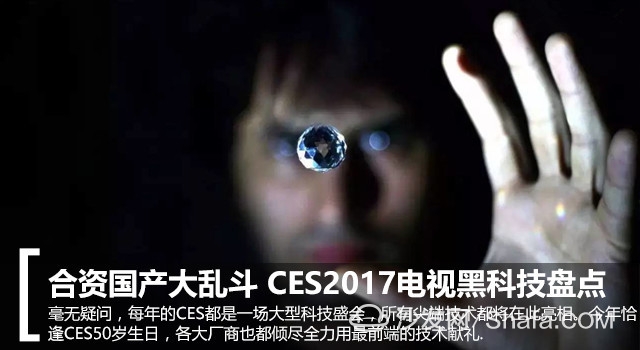
Black Technology One: Quantum Dots can play this way! Samsung QLED Cadmium Free Quantum Dots
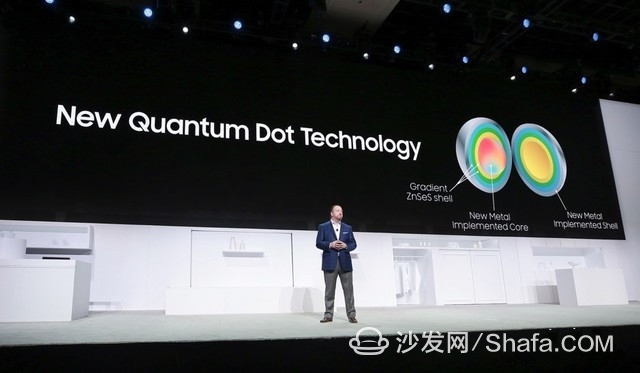
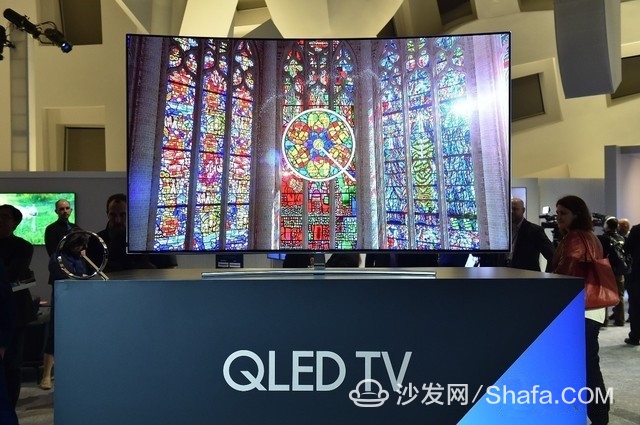
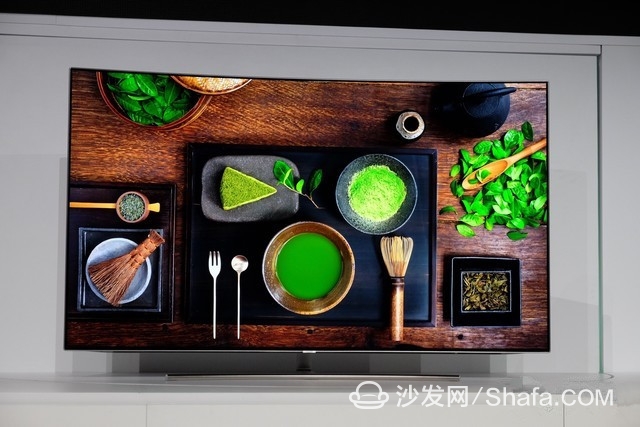
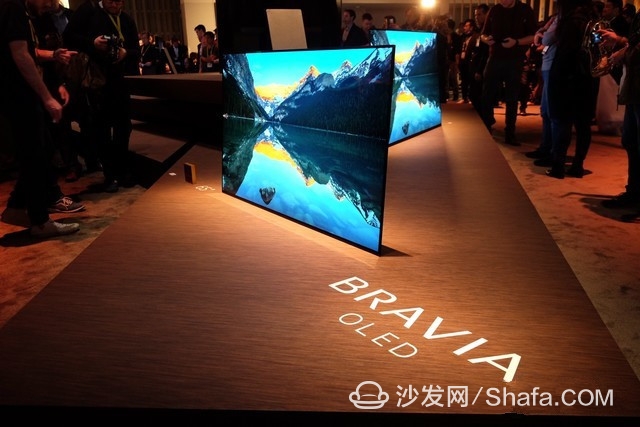
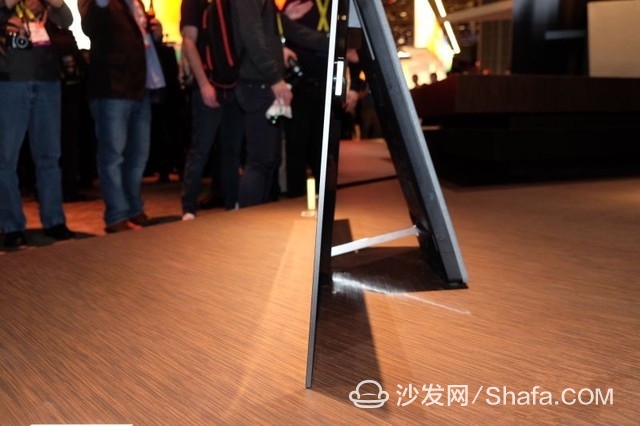
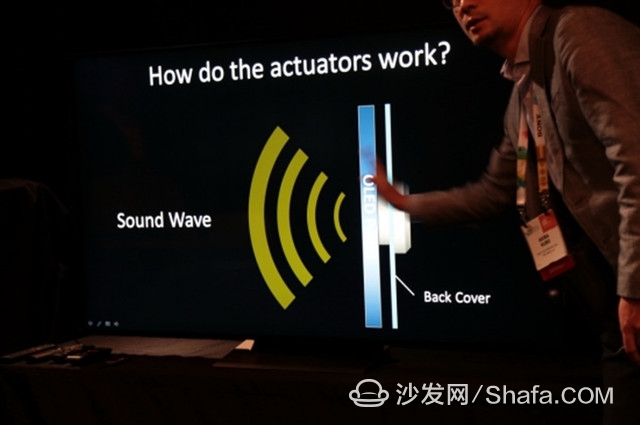
Sony OLED TV screen spontaneous sound principle
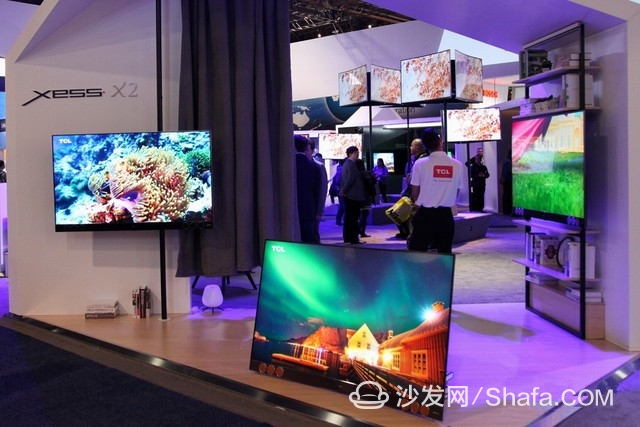
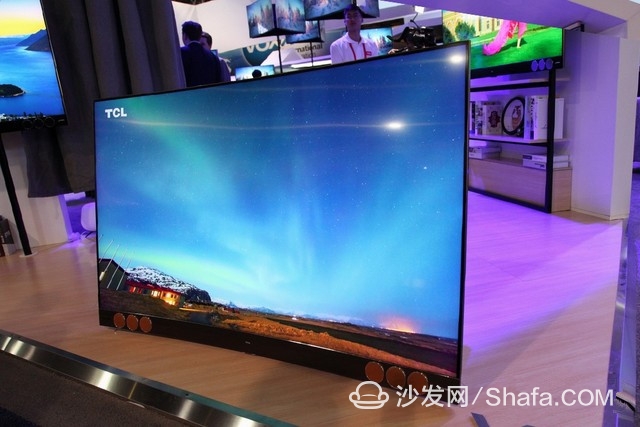
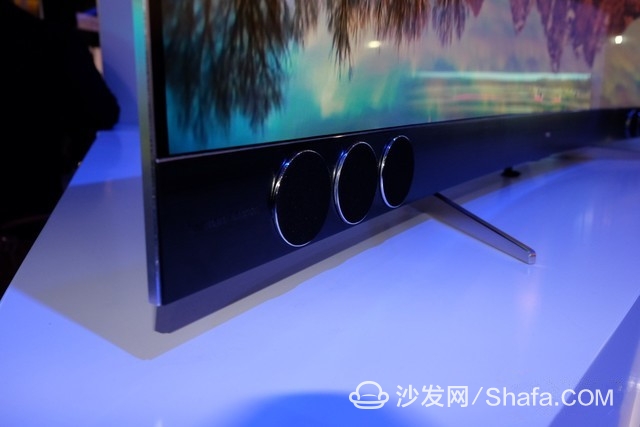
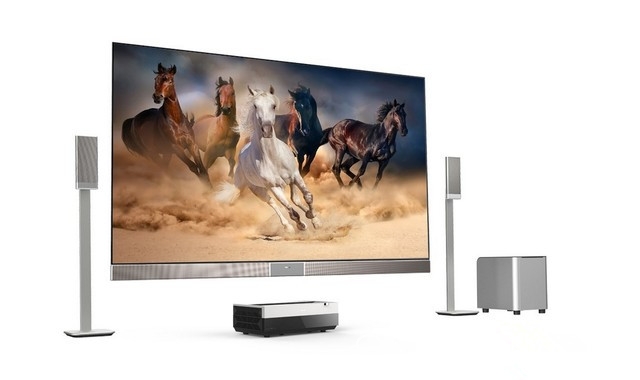
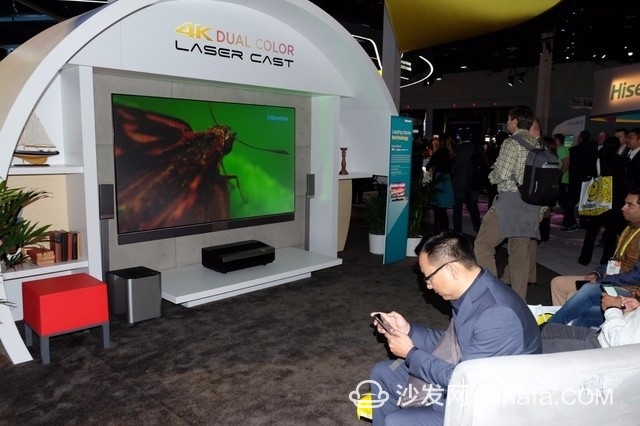
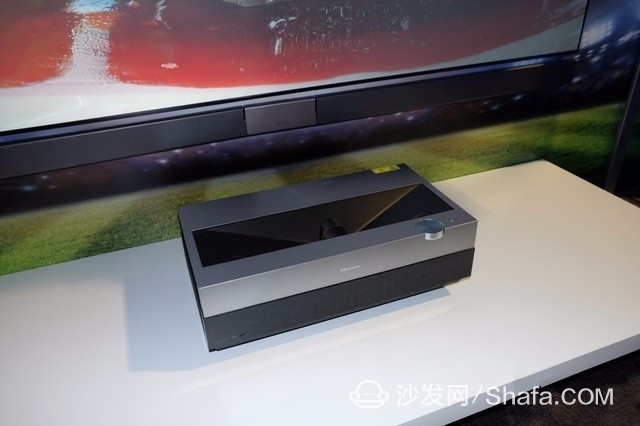
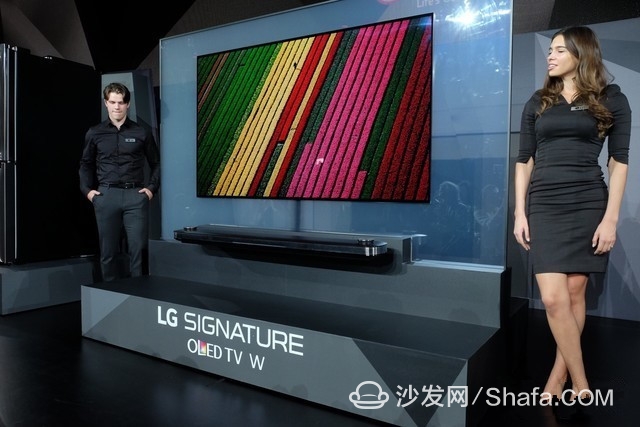
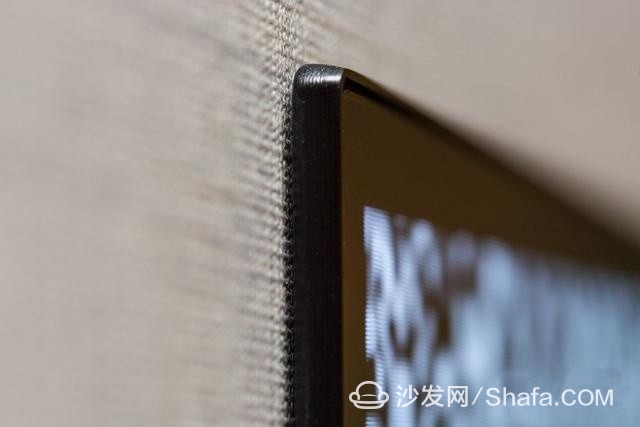
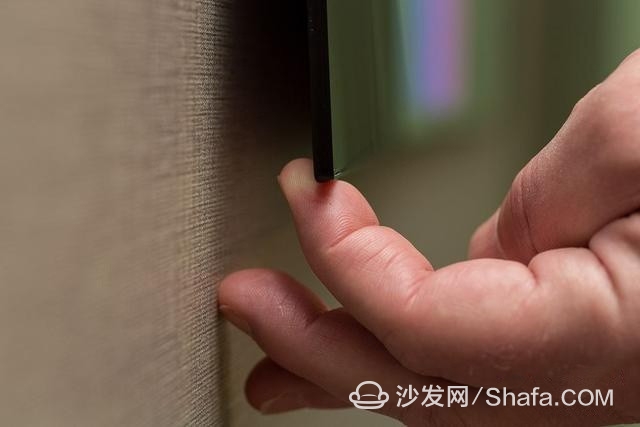

As the overwhelming TV sales for ten years, Samsung will not follow the trend of other manufacturers this year. In the case of LG, Sony, Panasonic and other large Japanese and Korean manufacturers stationed together in the OLED camp, Samsung still confidently continue to develop quantum dot technology. At this year's CES, Samsung officially released a new lineup of QLED TVs. QLED TVs have all applied the latest "cadmium-free quantum dot" technology. Compared to last year's SUHD series, they have made further upgrades in brightness and color. The popularity of quantum dot-TV and OLED TV has increased to the highest level.

Samsung Innovation Develops QLED Cadmium-free Metal Quantum Dot Technology
At present, most QD TVs have a common problem, that is, excessive brightness will dilute the color of the picture. But what is interesting is that if TV wants to exhibit a wider range of colors, it also needs the support of brightness. These two contradictory issues are also the main reasons that have been constraining the development of quantum dot technology. The QLED metal quantum dot technology introduced by Samsung this year has solved this problem very well. It has effectively improved the luminous efficiency while ensuring the accuracy of color, and has broken through the technical difficulties that Quantum has always been.

Samsung's new QLED TV debut CES2017
With its outstanding luminous efficiency and stability, as well as its unprecedented wide color gamut, QLEDs have taken quantum dot technology to a whole new level. With a true deep black level, 100% of the color rendering volume matches the DCI measurement perfectly, while the highest HDR brightness can reach 1500-2000 nits. The new panel design also reduces light reflections, allowing users to see every detail on the screen and an incredible level of contrast. Not only that, QLED brings the display performance so that users can enjoy a consistent color and vivid picture quality experience from any angle.

With a higher color, QLEDs make the picture more vivid and the color integrity is maintained
Samsung has no shortage of technological innovations and breakthroughs at the annual CES. Since the launch of SUHD TV in 15 years, Samsung has been sparing no effort to develop quantum dot technology. From first-generation quantum dot technology to second-generation cadmium-free quantum dots to QLED cadmium-free metal quantum dots this year, Samsung can be said to be the forerunner in quantum dot technology. Under the circumstance that many manufacturers are optimistic about OLED technology, Samsung is desperate to continue to develop quantum dot technology. Judging from the performance of the new QLED TV, “The flagship of 2017 innovation! Samsung's new QLED TV field evaluation†will absolutely have the strength and OLED technology.
Black Technology II: What's the ghost of the screen? Sony OLED TV screen spontaneous sound The birth of the word black technology is undoubtedly due to Sony, because Big Sony always brings us unexpected surprises. In 2016, Sony launched the Z9D TV, and it was the king of the annual picture quality with Blacktech's "Dynamic Backlight Master Edition." At this year’s CES, Sony returned to OLED for four years. In fact, at the end of last year, there was news that Sony would once again introduce OLED TVs, but did not expect to come so quickly. So returning to the OLED camp is even a surprise for Sony. Too small Sony.

Sony Bravia A1E OLED TV
Sony officially announced the Bravia A1E OLED TV at this year's CES. After liquidating the LCD technology, Sony chose to return to the "old lover". As Sony's first mass production of large-size OLED TVs, Sony has always been very pragmatic in appearance. Bravia A1E as a whole is like an easel, the whole body is supported by the back frame. Because of the thinness of the screen, the processor portion of this TV is hidden in the stand.

Easel base
The Sony Bravia A1E supports the Dolby Vision HDR standard and features the new 4K HDR Processor X1 Extreme image processor. Among them, the biggest highlight of the TV is Sony's latest exclusive “black technology†Acoustic Surface technology, which does not rely on sound-producing sound units and sounds on the screen itself. This technology can greatly save the TV's internal space and give full play to the ultra-thin advantages of OLED without backlight. However, Sony still provides SoundBar stereo to meet users with high sound quality requirements.

Sony OLED TV screen spontaneous sound principle
Although Sony's black technology is enough, this technology is not Sony's "original work." LGD also brought similar technologies at the CES. They integrated the entire sound system into an OLED panel (officially known as Crystal Sound OLED). According to LGD officials, thanks to OLED's extremely low space requirements There is a space reserved for the speakers behind the panel, and the Sony Bravia A1E also happens to use the LG Display panel. Although this technology is not Sony's own R&D, Sony is indeed the first to apply this technology to TVs.
Black Technology III: The World's Thinnest Quantum Dot TV! TCL interpretation ultra-thin meaning TCL, as a traditional domestic powerhouse, also brought us no small surprise at this CES. Last year, TCL officially released its high-end sub-brand XESS Chuangyi. Its products integrate all excellent resources within the company. The high quality and high quality as the core to meet the business people's pursuit of excellence is the integration of TCL's science and technology for 35 years. However, before the XESS brand only X1 a TV product, this year at the CES TCL is unanimously brought X2/X3 two TV products, to achieve a scientific ultra-thin design.

New member of TCL XESS camp
The theme of the conference held by TCL at this CES is "This is Smart TV". The first time XESS's high-end subsidiary brand was launched abroad, it shows that it will use its leading innovative technology to fully expand the global high-end market. At the conference, TCL launched the XESS X series' latest flagship product, Quantum-dot TV, Plane QD TV X2 and Surface QD TV X3. The new flagship X2/X3 features a number of upgrades and new feature designs, including the use of Color QD display technology, Dolby Vision HDR, MEMC, Harman Kardon sound systems and ultra-thin, borderless designs.

TCL XESS X3 curved TV thickness is only 6.9mm
The most notable of these is the latest "ultra-thin optical film ultra-thin structure + ultra-thin body structure" technology that is mounted on the X2 and X3, realizing a truly scientific and ultra-thin technology. Through the ultra-thin quantum film, laser light guide plate, double composite brightness enhancement film, DBEF brightness enhancement film and a new diaphragm fixing structure to achieve ultra-thin body. At the same time X2, X3 for the first time using the industry's most advanced ART5 to extremely frameless screen technology, the panel for precision cutting, and use the side sealing technology to fix the module, to achieve ultra-thin body structure. Thanks to the application of these leading technologies, XESS QDs achieve ultra-thin design with 6.9mm surface and 7.9mm surface.

Standard Harman Kardon audio
At the same time, TCL also exhibited two world-leading concept products at CES: the 3.9-mm ultra-thin quantum dot curved TV and the world’s first product with LED-encapsulated quantum dot technology. This series helped TCL win CES at the same time. Annual Global Display Technology Innovation Award. This is the second time that TCL Quantum TV won the CES Technology Award in 2016 and has demonstrated to global consumers technology innovation from China's consumer electronics brands.
Black Science and Technology Four: Two-color 4K technology Hisense R & D strongest laser television
2016 was considered to be the first year of the development of laser television. At the CES 2017, which was greeted by the old, the traditional domestic manufacturer Hisense once again revealed the landmark milestone of the large-screen television, and Hisense's two-color 4K laser television was on the market. Since 2014, Vidaa Max, the world’s first laser television, has been released, and Hisense has been leading the development of technology and industry. When laser display technology goes from high-definition to 4K to dual-color 4K, companies influencing this field are gradually increasing, and the pre-study success of two-color 4K laser TV is a big step for Hisense and a small step for the laser TV industry. .

Hisense R & D strongest laser television
At the CES show, Hisense's dual-color 4K laser television has increased its brightness to 360 nits, which has reached the brightness standard of high-end LCD TVs. The color gamut reaches 110% NTSC, which is far more than 68-72% NTSC of ordinary TVs. It has already tied or surpassed the general high-end LCD TVs and achieved a “big and beautifulâ€. In the case of comparable image quality, the great advantage of laser television on a large scale will evolve into a subversive advantage. The product pre-research has always been the only way for the long-term development of the real economy, but it is one of the key reasons why more and more companies have stopped because they cannot recover the R&D costs in the short term.

Hisense two-color 4K laser television CES2017 heavy starting
The development of Hisense TV in the industry requires Hisense to assume the responsibility of leading the industry, that is, the judgment and traction of technology trends and industrial direction. Hisense's dual-color 4K laser display technology as the Chinese TV brand ranks among the top international companies and surpasses the core technology capital of Japan and South Korea. It is precisely the response of large countries and large enterprises to the real economy of the market. The development of laser television to the two-color 4K stage has already accelerated the reshuffle of the product structure within the industry. After many brands have joined the laser camp, for the large-screen TV industry, the industry concentration is increasing, and the development space for laser display technology will also increase.

Laser TV host section
Technology has never been good or bad, and how mature applications are a multiple choice question. Hisense’s choice of new technology is the user’s value. Hisense believes that the opportunities for future growth in display technology are mainly in the ultra-high quality and large size of television. However, the excessive consumption of cost and technology by the panel has boosted the development process of “descreeningâ€. The debut of the two-color 4K laser TV is once again applauding Hisense's clear choice in the field of large screens.
Black Science and Technology Five: Wallpaper TV is not a dream! LG SIGNATURE OLED TV W
As LG, a maker of OLED TVs, has always been interested in developing OLED TVs, we seem to be accustomed to enjoying LG OLED technology at annual CES. This year is no exception. LG SIGNATURE OLED TV W officially unveiled CES2017, which is LG's most important OLED TV product in 2017.

LG SIGNATURE OLED TV W
That's right, the W letter stands for "Wallpaper," meaning the wallpaper. This W-series TV has a slim design that can be painted on the wall to blend in with the wallpaper. And because the body is too thin, it had to be forced into two parts, including a display screen and a sound bar base that supports the bottom sound. At the same time a variety of interfaces have also been designed to the sound bar, including HDMI and TV signal input.

Real wallpaper TV
W-series TVs have a screen thickness of only 2.57 mm and are available in 65-inch and 77-inch versions. From the perspective of actual perception, W-series TVs are really thin and very thin and cannot be thinner anymore. This reminds us of LG's G6 OLED TV. However, unlike the G6, the W series TVs only support wall mounts and do not have a design base. This makes W-series TVs look more like a wallpaper TV, and the weight of the 65-inch TV is actually Only 17 pounds, about 7.7 kilograms.

The thickness of the body is only 2.57mm
The reason why LG can make TV so thin is mainly related to the fact that the OLED panel itself does not need the backlight source. This separate design can fully meet the design aesthetic requirements of LG, and the display only needs a special dedicated cable and interface to connect with the sound box base. Although the TV's body has reached a thin state, but in the picture quality, W series 4K ultra-high-definition TV without any shrink, is still at the top level.
Written at the end:
CES has always been a big stage for the world's leading manufacturers to show off technology, and it is also a caliber that can pinpoint the industry's full-year development. From CES 2017, we can see that Korean manufacturers that have always been innovating in the display technology field continue to maintain their advantages. Japanese companies that have had absolute right to speak in the television industry have also begun to make efforts again. Domestic giants are also catching up. At the same time continue to introduce new. The many "black technologies" that we have inventoried today are a good testimony, and their emergence also makes the future of the entire television industry full of expectations.
Smart TV/box information can focus on smart TV information network sofa butler (http://), China's influential TV box and smart TV website, providing information, communication, TV boxes, smart TVs, smart TV software, etc. Answering questions.
The Manual Motor Startor is Korlen electrical appliances anther products. manual motor startor overload relay is in main circuit of long time working. It is used to protect AC three-phase asynchronous motor against overload and open phase. It conformity with IEC947-4, VDE0660,GB14048.4 standards . As a motor starter switch in china ,korlen will do the best electrical motor controls for customers.
The Manual Motor Startor related products have the following: Thermal Relay , AC Contactor, led light, Circuit Breaker etc.
Manual Motor Starter,Motor Starter,KNS12,China Motor Starter
Wenzhou Korlen Electric Appliances Co., Ltd. , https://www.korlen-electric.com